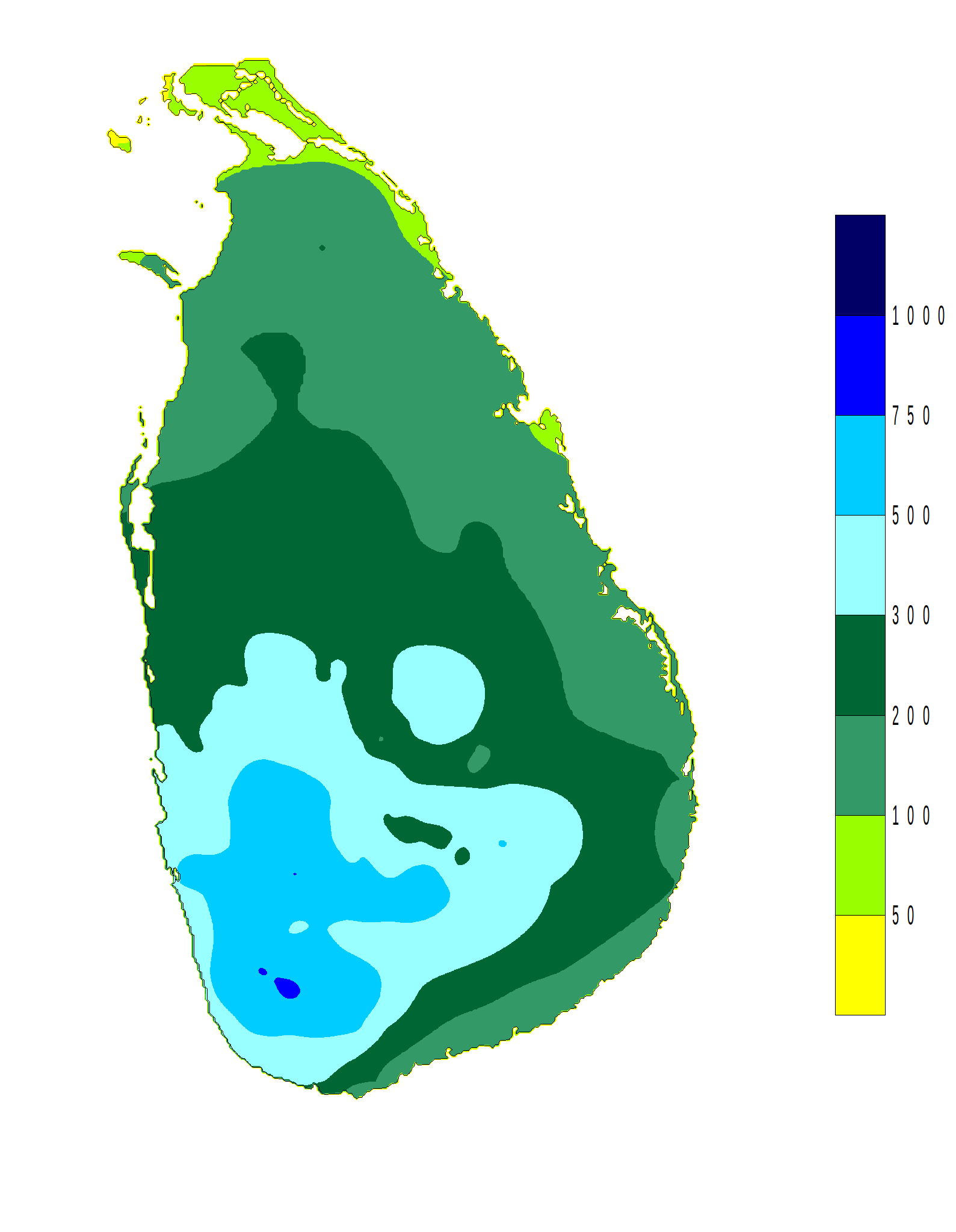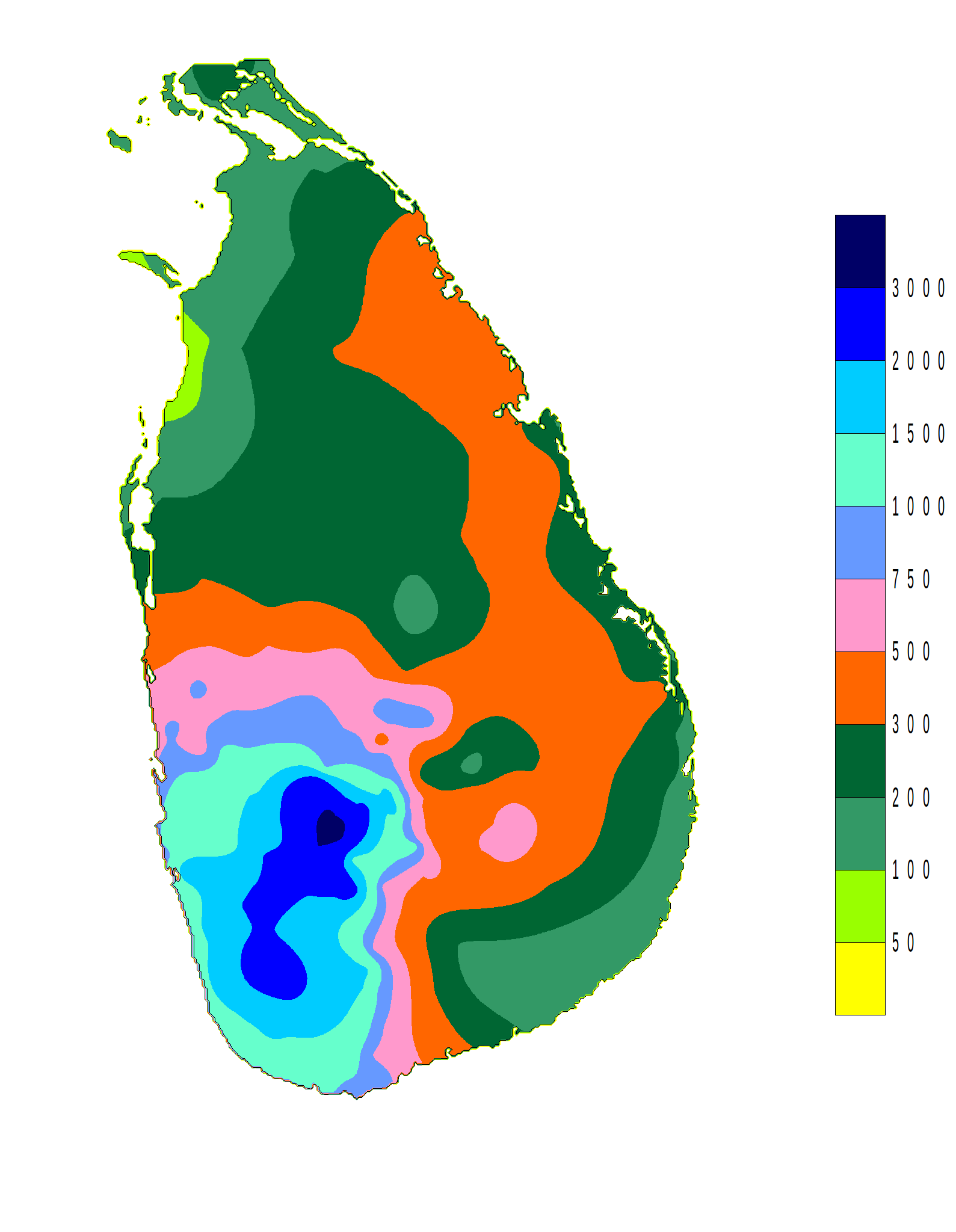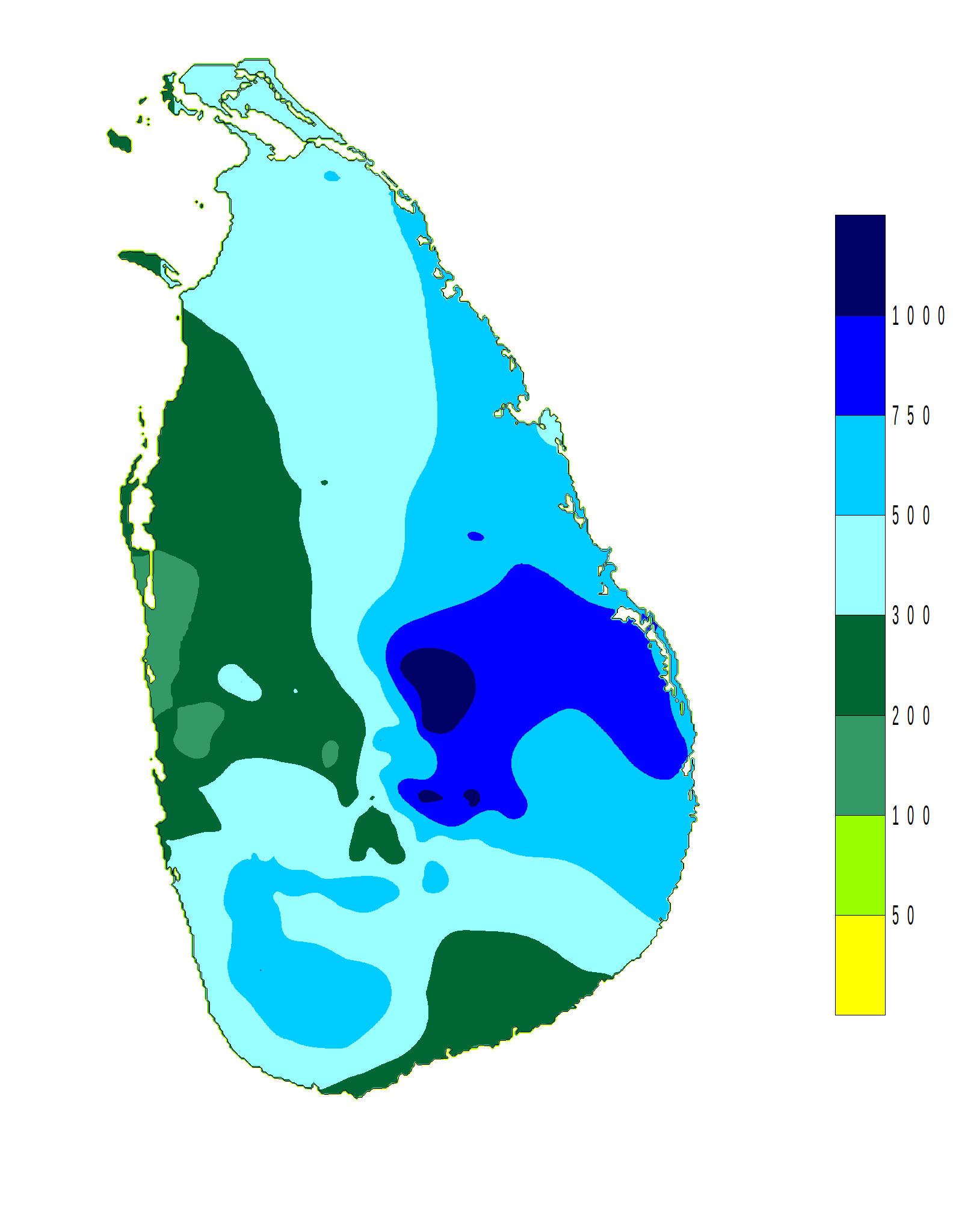Summary:
While Sri Lanka is a year-round destination, the finest time of the year for the western and southern beaches of the Island is December to March. While there will be occasional showers, most days are sunny and temperate. Between April and July, it becomes humid and hot in the western and southern areas. However, during this period on the eastern coast of Sri Lanka, the weather will be fine with the beaches amazingly inviting.
In the low land areas of the country from western to southern regions, noon temperatures range between 28-32C and peak in April before the monsoon rains. It can be hotter in the Northcentral, and Northwest & East Coast areas between 32-35 C. Daytime temperatures average about 24C in Kandy & Matale hill stations and gets cooler in the central hills to 14C. Sri Lanka weather along the shores is made more comfortable by cooling sea breezes. Humidity is typically rather high in Sri Lanka, averaging out at around 80% early round, lower in the highlands and cultural triangle.
Sri Lanka has two monsoons and two different climates in a space less than 300 kilometers across. The rainfall patterns influenced by the monsoon winds of the Indian ocean and Bay of Bangel and rainy seasons have been divided into two main seasons as Southwest and Northeast and into two inter monsoons as first inter-monsoon and second inter-monsoon. Rainfall is becoming increasingly unpredictable over the last 5 years. Sri Lanka averages about 250cms a year. But stats show the figures vary widely from region to region due to the geographic location.








